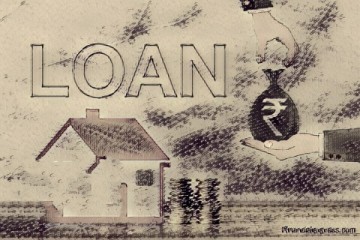Grade 6 Lesson 3: #Loans
A loan is a type of #debt. A borrower borrows a sum of #money (called the loan) from the lender. The borrower then needs to repay the lender the loan part by part over time to clear the debt. Acting as a provider of loans is one of the main tasks for banks.
There are 3 key components to a loan:
#Deposit or #Downpayment:
The deposit or down-payment is an amount of money that the borrower is required to pay, as the first contribution towards clearing the debt, so that the loan deal can be finalized. The deposit is usually higher than the monthly contribution towards the loan. Some loans require a deposit while some do not. The deposit is usually a fraction, typically a percentage, of the total amount that is loaned out.
Installments:
An #Installment is money that is a monthly payment towards the loan. It may not be necessarily paid monthly but it has to be paid from time to time over throughout the loan deal. Installments are paid according to a loan rate.
#Interest:
Interest is a charge on top of the value of the loan, that acts as a cost of the loan. Interest is paid according to a rate called an interest rate. The interest rate varies from loan to loan and from lender to lender.
Staying debt-free or working toward the same is highly beneficial. Below is a fun exercise that parents can do with their kids to help them understand loans better, as well as understand the benefits of staying debt-free.
Exercise:
• Give your kids a small loan for something that you support as a parent.
• Don’t let the amount be too much; the loan duration should be less than 6 months.
• Create a #repayment schedule at the beginning of the loan and have your kid sign it, formally taking out a loan with you as the lender.
• Update the loan repayment schedule with every payment and provide them with a current loan balance statement.
• Do a weekly check-in
• Make your kid pay you in cash from their allowance or earnings. Don’t just deduct it from their allowance: they need the experience of transacting the payment.
• Explain that real-life loans include interest charges and that the rates on credit cards can be high (20% or higher); Be sure to explain that people never get out of debt by only making the minimum payments on a credit card.
In the next lesson, we will dive deeper into the topic of loans and understand the different types of loans

ayu ecosystem #kids #education #financialliteracy